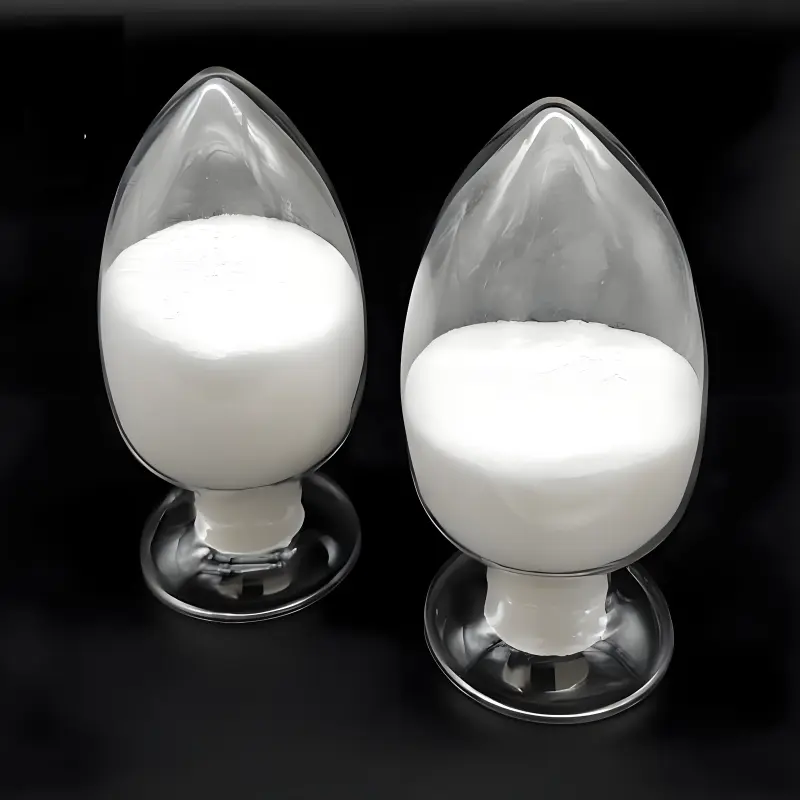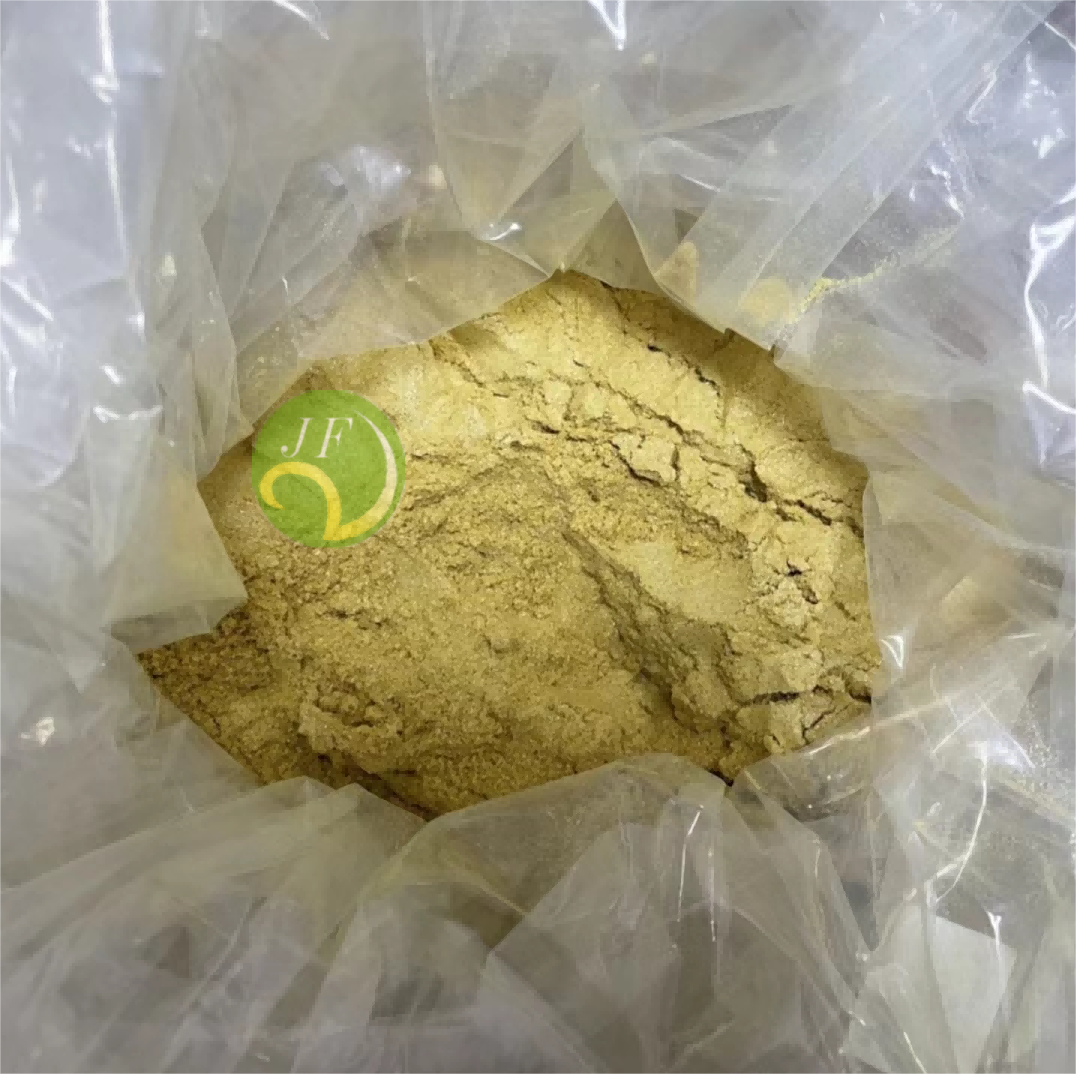-
Categories
-
Pharmaceutical Intermediates
-
Active Pharmaceutical Ingredients
-
Food Additives
- Industrial Coatings
- Agrochemicals
- Dyes and Pigments
- Surfactant
- Flavors and Fragrances
- Chemical Reagents
- Catalyst and Auxiliary
- Natural Products
- Inorganic Chemistry
-
Organic Chemistry
-
Biochemical Engineering
- Analytical Chemistry
-
Cosmetic Ingredient
- Water Treatment Chemical
-
Pharmaceutical Intermediates
Promotion
ECHEMI Mall
Wholesale
Weekly Price
Exhibition
News
-
Trade Service
*For medical professionals to read and reference "New Era, Shared Future
.
It is hoped that in the near future, the treatment of diabetes in China will be further improved, and more diabetic patients will reach the blood sugar standard, the prognosis will be improved, and they can enjoy a peaceful life again
.
"—Professor Ji Linong Diabetes as a chronic multiple disease is a public health issue of global concern
.
In China, the epidemic situation of diabetes is particularly severe
.
Driven by various factors such as rapid economic development, accelerated industrialization, life>
.
Today, the prevention and treatment of diabetes in China is still facing great challenges, and the management of diabetes in China needs to be strengthened urgently
.
Based on this, the "medical community" specially invited Professor Ji Linong of Peking University People's Hospital to express his wise opinions on diabetes management
.
Rapid progress, new hypoglycemic drugs flourish Diabetes is a metabolic disease caused by the dysfunction of pancreatic β-cell secretion, which leads to the disorder of fat, protein and carbohydrate metabolism in the human body, and further causes chronic damage to human organs and functional disorders [2]
.
Since diabetes was first discovered 3,000 years ago, our understanding of the disease and the exploration of treatment options have come a long way
.
"Humans have found that the drug that can really control blood sugar, and after long-term testing, does have a hypoglycemic effect, the first one is insulin
.
" Professor Ji Linong pointed out
.
Since 1921, when Canadian doctors Banting and Best successfully isolated insulin from the pancreas of dogs and proved its biological effects, diabetic patients finally had "drugs to rely on" [3]
.
With the advancement of science and technology, more and more hypoglycemic drugs have emerged, such as sulfonylureas, biguanides, dipeptidyl peptidase-4 inhibitors (DPP-4i), sodium-glucose cotransporter-2 inhibitors (SGLT-2i), glucagon-like peptide-1 receptor agonist (GLP-1RA), etc.
, opened a new chapter in diabetes treatment
.
Among them, GLP-1RA, which has clear cardiovascular benefits while practicing high-quality glycemic control, has been "in the limelight" in recent years, and its status in diabetes treatment has been continuously improved
.
Co-management of sugar and heart to help diabetes management "New hypoglycemic drugs like GLP-1RA have indeed brought great progress in the management of type 2 diabetes (T2DM) in China,
"
said Professor Ji
.
It is well known that T2DM is closely related to atherosclerotic cardiovascular disease (ASCVD), and the coexistence of the two can further increase the risk of cardiovascular events and death.
More than half of the deaths of diabetic patients are related to ASCVD [4]
.
Therefore, paying attention to the cardiovascular outcomes of T2DM is also an extremely important part of the management of T2DM
.
Some GLP-1RAs represented by glutide drugs have cardiovascular protective effects while effectively lowering blood sugar, which is an ideal choice for diabetic patients
.
"The LEADER study is the first to demonstrate that GLP-1RA can improve health outcomes in patients with T2DM and high cardiovascular risk, including stroke, myocardial infarction, or death due to stroke or myocardial infarction
.
"The LEADER study is the Liraglutide Cardiovascular Outcomes Trial (CVOT) designed to evaluate cardiac outcomes following standard of care in combination with liraglutide or placebo in adults with T2DM at high risk for cardiovascular disease (CVD).
The occurrence of vascular events
.
The study found that liraglutide can significantly reduce the risk of major adverse cardiovascular events (MACE) by 13%, reduce the risk of cardiovascular death by 22%, and reduce the risk of all-cause mortality by 15% [5 ]
.
Laglutide became the first GLP-1RA with cardiovascular indications in
China.
At
the same time, another member of the glutide class, the CVOT of semaglutide, the SUSTAIN 6 study confirmed that it also has clear cardiovascular protection.
In T2DM patients with high cardiovascular risk ,
semaglutide can significantly reduce the risk of MACE by 26%, and significantly reduce the risk of non-fatal stroke by 39%
.
At present, the only GLP-1RA weekly preparation with cardiovascular indications
.
Prof.
Ji shared with us: "The launch of GLP-1RA in China will not only provide clinicians with a better and safer tool for blood sugar control, but also provide Clinicians and patients provide such a new and innovative drug with cardiovascular and death-modifying effects
.
” Glucose control with strength, the level of guideline recommendations continues to jump For the management of diabetic patients, blood sugar level is still the cornerstone
.
GLP-1RA stimulates insulin secretion and inhibits glucagon secretion in a glucose concentration-dependent manner by activating GLP-1 receptors At the same time, it increases the glucose uptake of muscle and adipose tissue, and inhibits the production of glucose in the liver to play a hypoglycemic effect [7]
.
The hypoglycemic efficacy of glutide drugs has been verified in large clinical studies
.
LEAD series studies have shown [8-14] that liraglutide can significantly reduce glycosylated hemoglobin (HbA1c) by 1.
6% without increasing the risk of hypoglycemia
.
The SUSTAIN China study of GLP-1RA weekly preparation semaglutide showed that [15], semaglutide can reduce HbA1c in Chinese T2DM patients by 1.
8%, and the compliance rate of HbA1c<7% can reach 86.
1%
.
"Such as SGLT-2i and GLP-1RA, they have become mainstream drugs in the guidelines
.
Because they can not only achieve safer and better blood sugar control, but also have a very strong protective effect on the heart and kidney
.
" From the initial "precarious name" ”, to the second-line drugs recommended by the guideline, the status of GLP-1RA has been continuously rising this year [7, 16], and the latest guidelines issued by the American Diabetes Association (ADA) clearly pointed out [17], for patients with ASCVD or high-risk factors, cardiac For T2DM patients with aging and/or chronic kidney disease, GLP-1RA and SGLT-2i can be selected as initial treatment regimens, with or without metformin according to the hypoglycemic needs
.
"More and more doctors are now using GLP-1RA as a combination therapy on the basis of metformin.
With the recognition of GLP-1RA's cardiovascular protective effect by doctors and patients in the future, GLP-1RA will be more effective in those at high cardiovascular risk.
It may become a first-line drug for patients with cardiovascular disease, or in people who have already developed cardiovascular disease
.
" Professor Ji said with emotion, "It will be used earlier, whether it is in the guideline or in clinical application.
It will be used more widely
.
” Professor Ji pointed out: “Now the new type of GLP-1RA, injected once a week, is more able to improve the patient’s response to the treatment of insulin than injecting insulin once or several times a day.
It also improves patients' quality of life and satisfaction with treatment
.
"In the blink of an eye, GLP-1RA has gone through decades of history.
Effective hypoglycemic and cardiovascular protection are undoubtedly the two major starting points for GLP-1RA to help diabetes management
.
In addition, GLP-1RA has excellent performance in many aspects.
In the end, Professor Ji said with emotion: "At present, with the continuous emergence of evidence-based medical evidence for new drugs, especially the availability of these drugs in
China
and affordability, they will play an increasing role in the clinical management of diabetes
.
"Click to read the original text to learn more about the content immediately.
It is full of dry goods and should not be missed! References: [1].
Yang Wenying.
Chinese Science: Life Sciences.
2018;48(08):812-819.
[2].
Mu Yanyan, et al.
Diabetes New World.
2019;22(04):196-198.
[3].
Yu Xuefeng.
Chinese Journal of Medical Frontiers.
2021;13(06):4-8.
[4].
Hong Tianpei, Mu Yiming , Ji Linong, et al.
Chinese Journal of Diabetes.
2017;25(06):481-492.
[5].
Marso SP, et al.
N Engl J Med.
2016;375(4):311-22.
[6].
Marso SP, et al.
N Engl J Med.
2016;375:1834-44.
[7].
Diabetes Branch of Chinese Medical Association.
Chinese Journal of Diabetes.
2021;13(4): 315-409.
[8].
Marre et al.
Diabet Med.
2009;26;268–278.
[9].
Nauck et al.
Diabetes Care.
2009;32;84–90.
[10].
Garber et al.
Lancet.
2009;373:473–481 .
[11].
Zinman et al.
Diabetes Care.
2009;32:1224–1230.
[12].
Russell-Jones et al.
Diabetologia.
2009;52:2046–2055.
[13].
Buse et al.
Lancet.
2009;374:39–47.
[14].
Pratley et al.
Lancet.
2010:375;1447–1456.
[15].
Ji L, et al.
Diabetes Obes Metab.
2021 Feb;23(2):404- 414.
[16].
Diabetes Branch of Chinese Medical Association.
Chinese Journal of Practical Internal Medicine.
2018;38(04):292-344.
[17].
American Diabetes Association.
Diabetes Care.
2022;45(Suppl.
1):S1–S264.
-End-"This article is only used to provide scientific information to medical and health professionals, and does not represent the platform's position" Contribution/reprint/business cooperation, please contact: pengsanmei@yxj.
org.
cn






